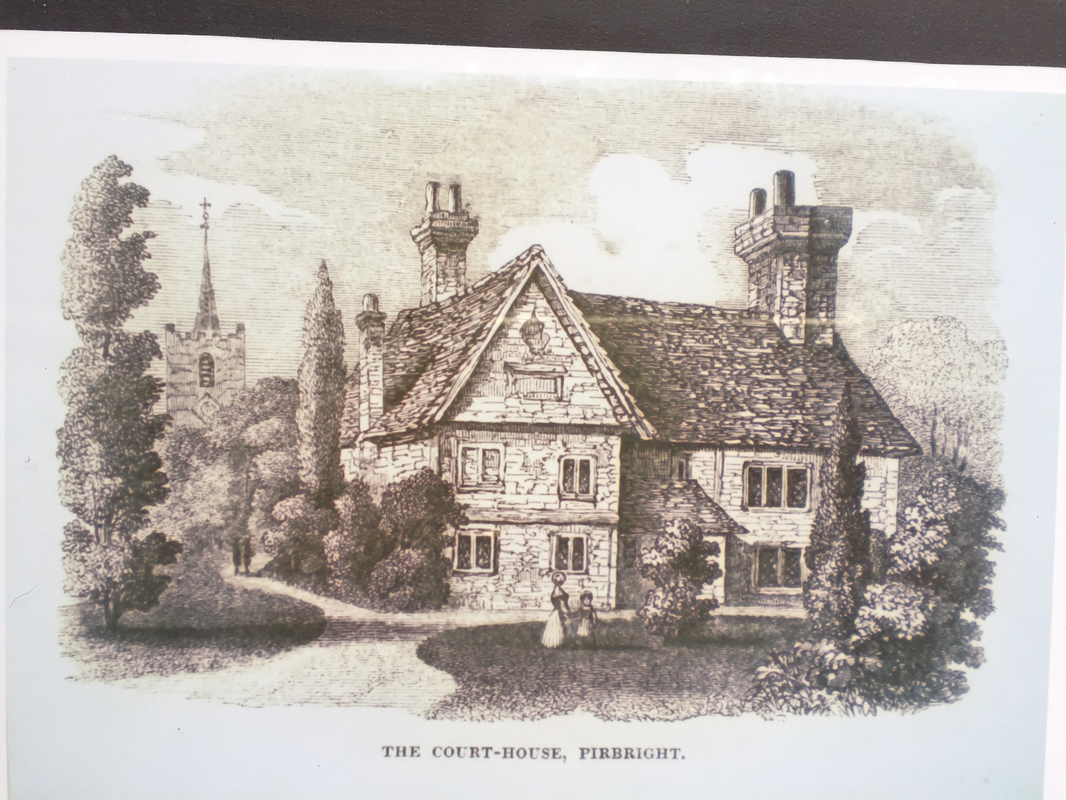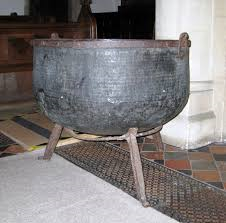Hubble Bubble Toil and Trouble For hundreds of years witches have roamed the land, disguised as elderly ladies, hiding moles and birthmarks from prying eyes, stealing animals and destroying crops. Many had black cats as their familiar, turned milk sour and spread disease. Or did they? Witch fever gripped Europe from the fifteenth to the late eighteenth century and it became a real concern to people living not only in England but across Europe. But for many elderly lonely woman, those who had been widowed or who were unwell this became a terrifying hunt of innocent people. Henry VIII passed the first witchcraft law in 1542 but it was in 1562 that it became illegal and James I of England was known for his interest in the occult. Dreadful trials and horrible persecutions took place causing much suffering and torment on largely innocent and vulnerable women. During the sixteenth century England was noted for its attempts to find and try women believed to be witches and by the mid seventeenth century a man called Matthew Hopkins became known as the Witchfinder General, condemning over 300 women to death in his time. He was paid handsomely, mainly hunting witches in East Anglia and in what was a strongly Puritan area, and reputedly killed 19 women on one day.
However, the letters ‘M’ and ‘V’ were used to represent the Virgin Mary as well as a shape which resembles ‘P’, although the reasons behind this are a little unclear. Many Witch Marks exist and have been identified in barns and churches across England but until autumn 2016 there had been no formal collection of data to see how these marks were used in secular properties and to what extent these marks had been used. Historic England undertook a survey and asked people to submit photos of the marks in their home and are currently analysing the results.
One Surrey witch who seemed to have escaped capture and became somewhat of a local legend was Mother Ludlam. There is a cave in the sandstone hills near Frensham in Surrey. Many legends surround this. But one favourite is that this was the home of Mother Ludlam, a friendly witch who provided for the local community. If villagers wanted anything then they would go to the cave and stand on a boulder outside and ask Mother Ludlam for it. When they returned home, there it was on the front door step of their homes. The only requirement was that it was returned within two days. Legend has it that one day a man requested the witches cauldron. Reluctantly as it was her property, she did grant his wish with the usual condition that it was returned in two days. However, the man failed to bring it back and Mother Ludlam left her cave in search of the man angered that he had failed to comply with the agreement. She chased him from his home and he fled apparently taking refuge in Frensham Church.
Unable to get the cauldron out, is still there to this day and has been used over the years for many things including festivals and vicars are thought to have brewed ale in it for centuries! The witch hunts reached their peak in the late sixteenth century to mid seventeenth century although the hunt did continue in some areas until much later and there are records of cases into the early nineteenth century. If you live in a pre-eighteenth century house then there’s a good chance there might be some apotropaic marks lurking somewhere.
1 Comment
8/21/2019 11:05:50 am
I am not really a believer of the supernatural, so I do not believe in witches. Well, there are some records that show that there were people who were witches, however, the fact of the matters is, there is no evidence pertaining to the truth of their spells. Magic is something that I will never believe in. There were witches all over the world in the past, but they never really became true witches. I will believe in them once I see proof.
Reply
Leave a Reply. |
Archives
April 2019
Categories
All
|








 RSS Feed
RSS Feed